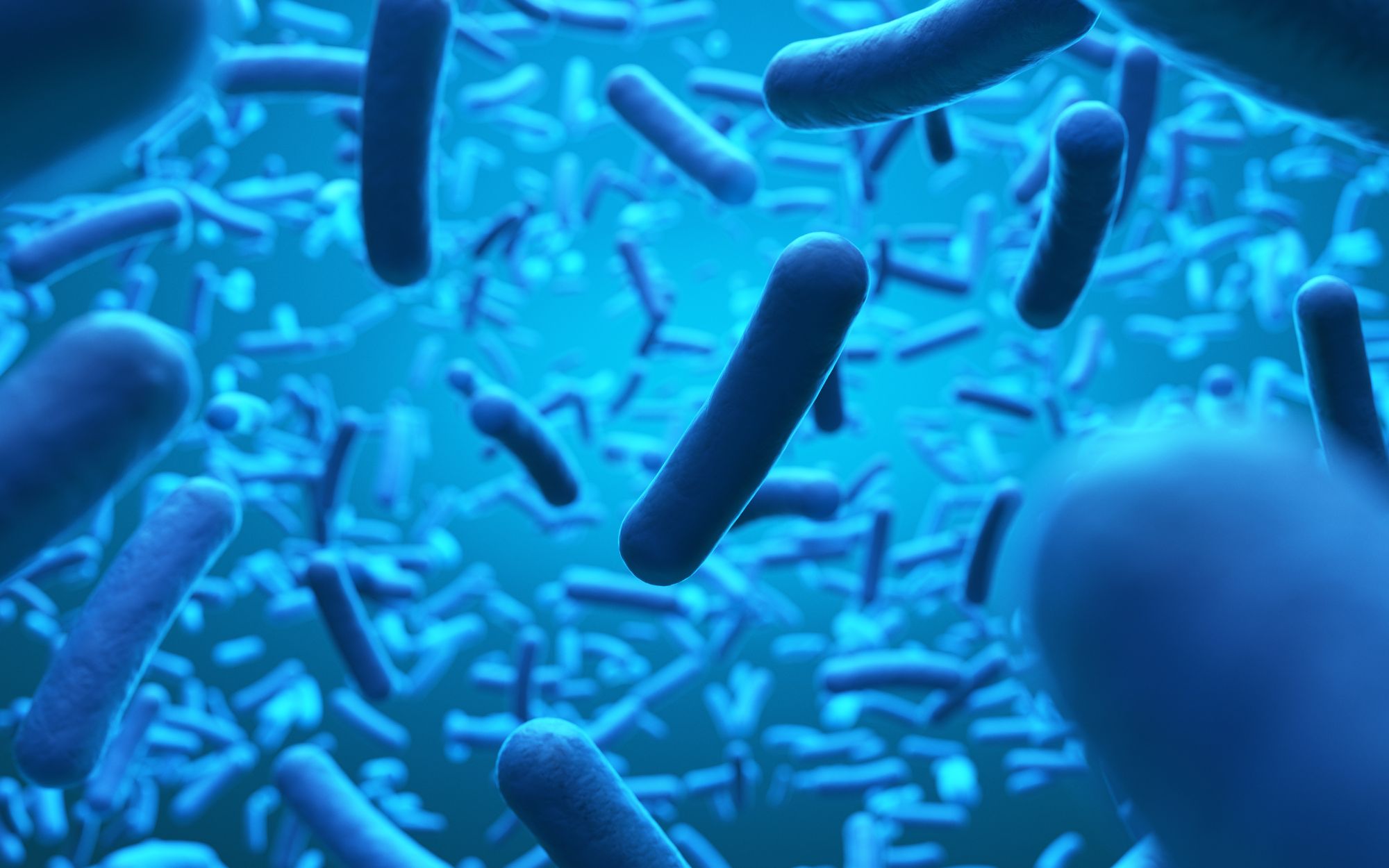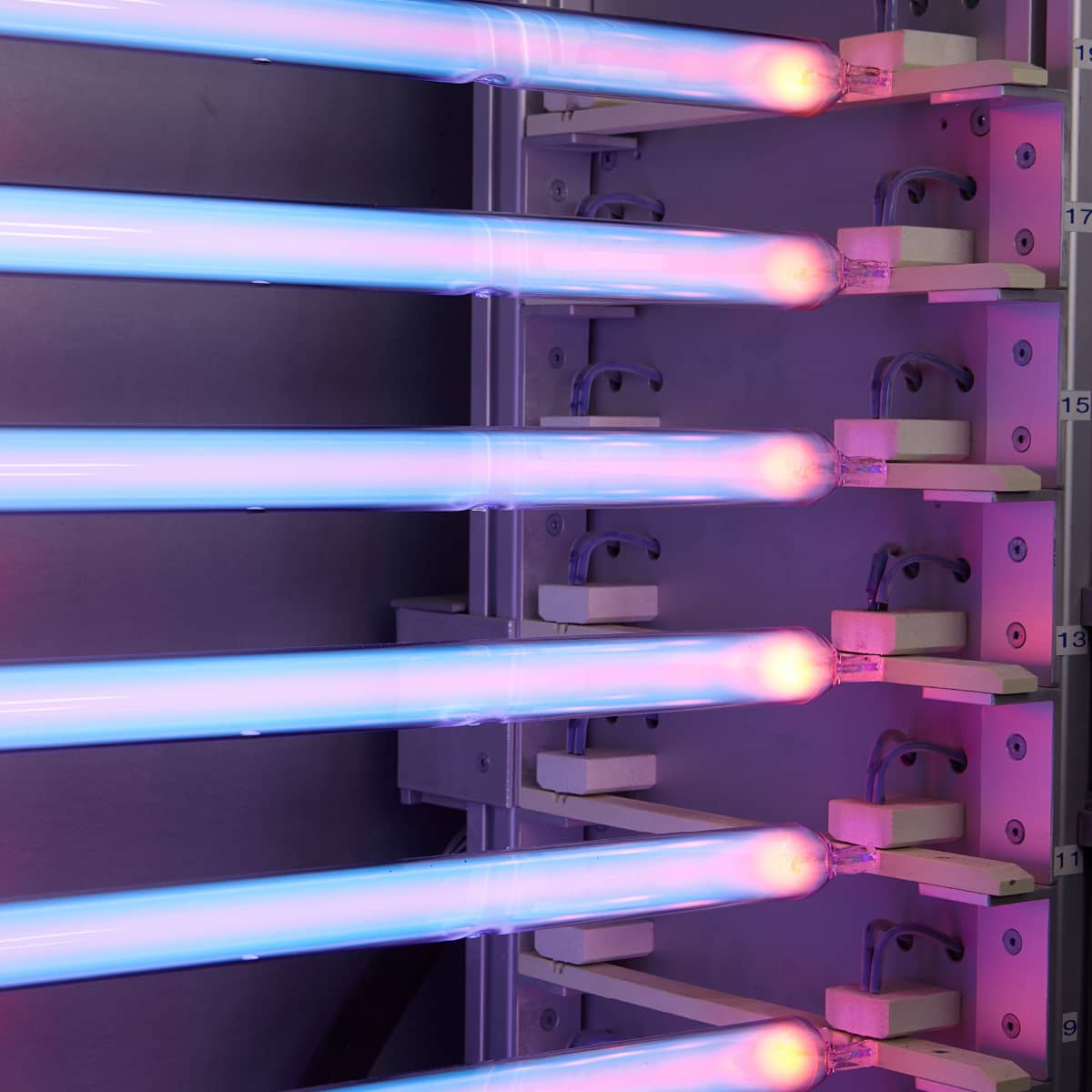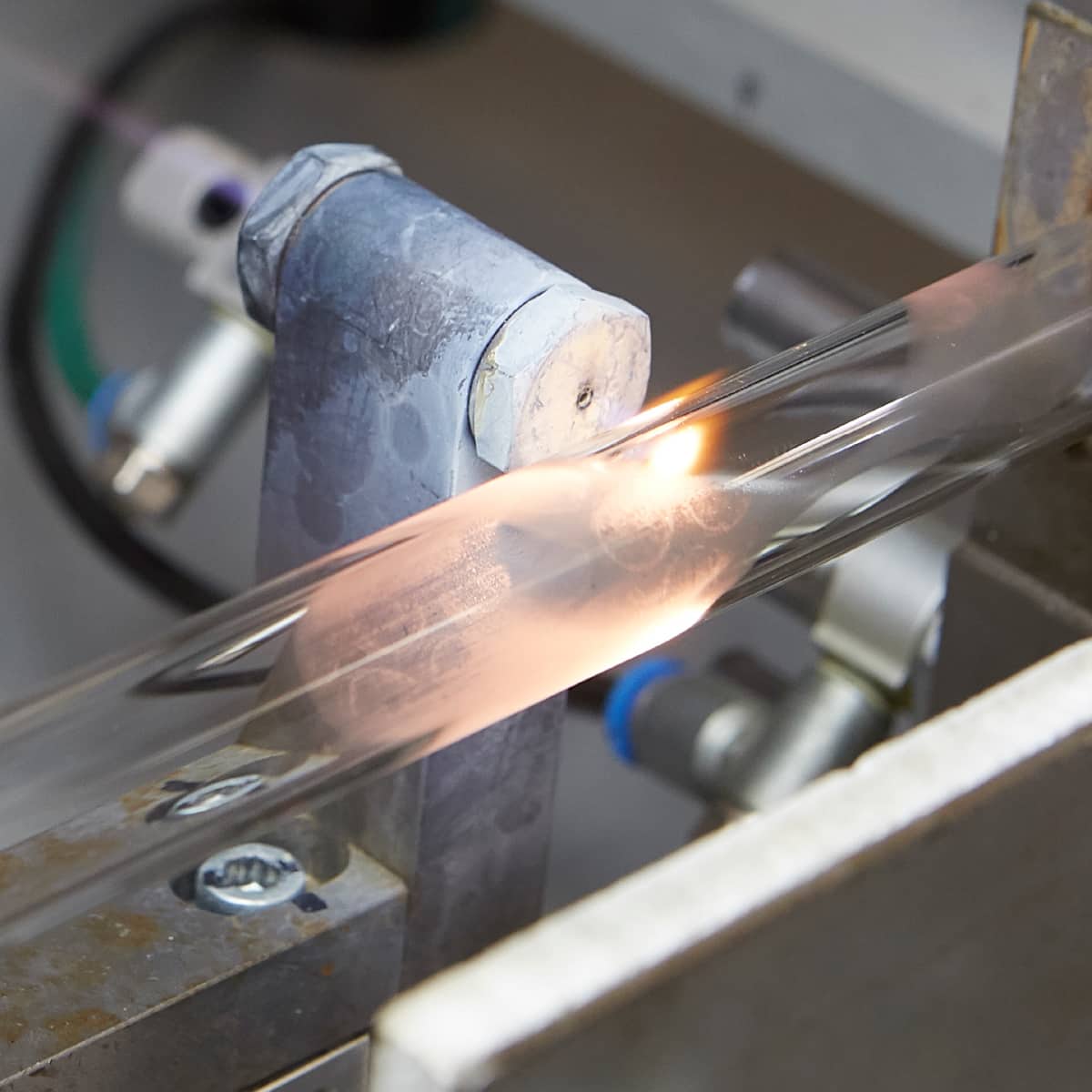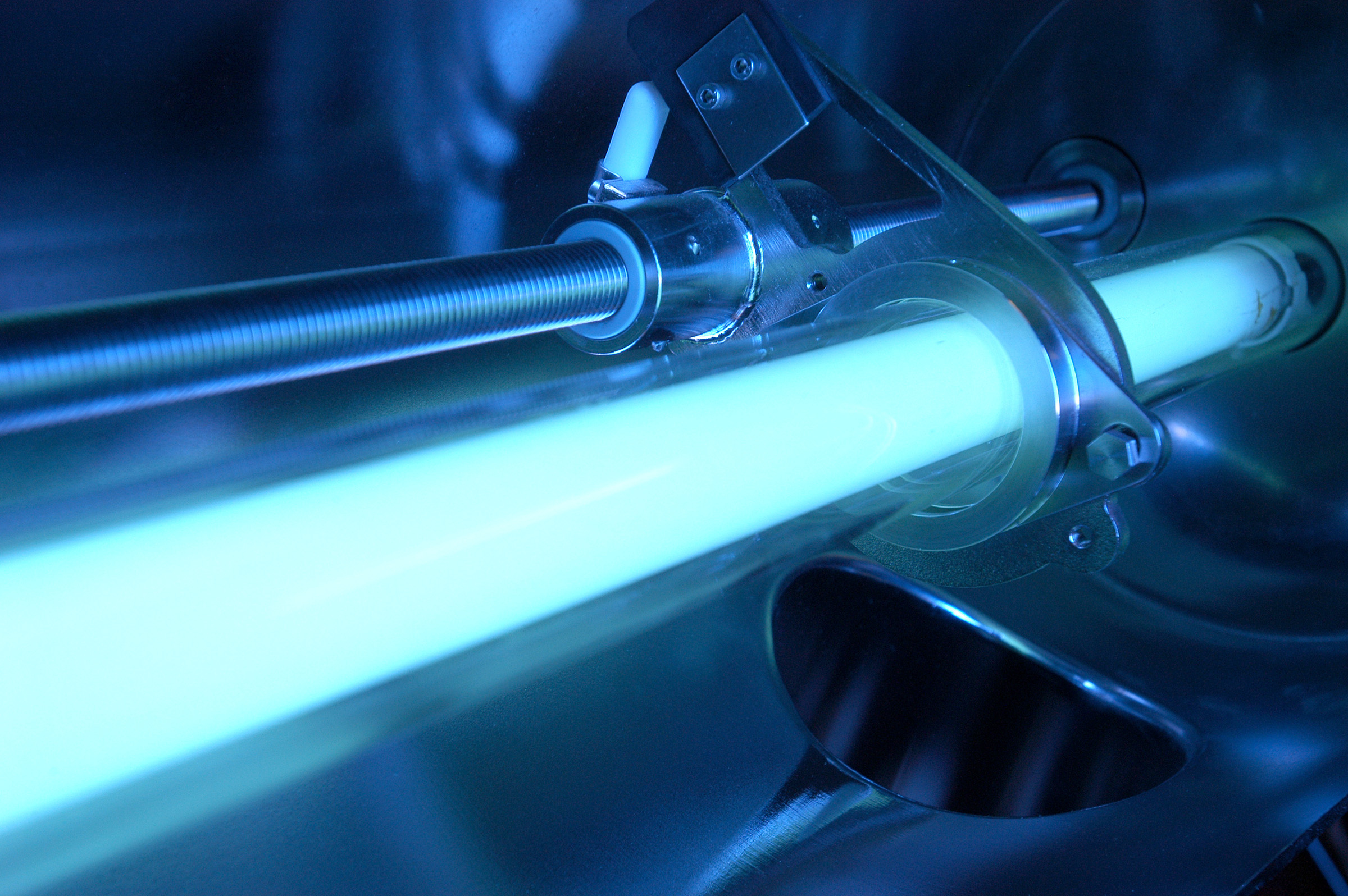Different pathogens have differing resistance to UV. Some are more susceptible than others and require different amounts of UV-C exposure for inactivation. There may even be a differing spectral response, i.e., the dose required can depend on the wavelength of UVC applied. In order to correctly size and select a UV system, it must be established which pathogen(s) are to be inactivated and what is there UV response characteristic.
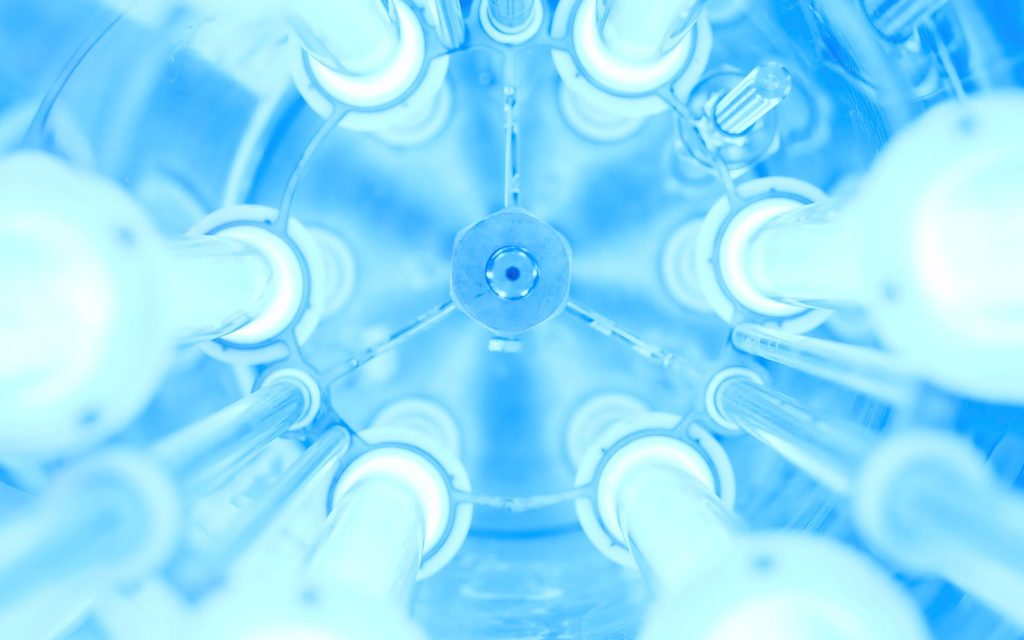
What does inactivation truly mean? Does it mean every single pathogen that ever passes through the UV system will be inactivated? In reality, this is impossible; sterility is not economically achievable. Indeed, this is true regardless of what disinfection method is used, whether it is UV, chlorine, or anything else. What is possible is to reduce the pathogen count by a predictable amount. This predictable amount is called a ‘log’ reduction (as in logarithmic reduction). A 1 log reduction will reduce the pathogen of interest by 90% from the influent level. A 2-log reduction will see a 99% reduction, 3 3-log by 99.9%, and so on. Scientists have calculated the amount of UV exposure required to inactivate various pathogens by various log reductions. Examples appear in the table below.
UV dose
A UV application requires a specified UV dose to achieve its required level of treatment. UV dose is the amount of UV energy per unit area on a surface. It is calculated as:
Dose = Intensity x Time (mJ/cm²)*
* The lamp power and Time of exposure to UV determine intensity. We will recommend the appropriate UV dose for each application, considering the lamp aging and fluid transmittance, the target organism, and required reduction. In the turbulent flow conditions of the UV reactor, not every particle of water or organism has the same residence time, which means that performance assessment is either a statistical calculation using Computer Fluid Dynamics (CFD) modeling or direct empirical measurement using a bioassay.
UV Dose Requirements – millijoules per centimeter squared (mJ/cm2)1
| TARGET PATHOGENS | LOG INACTIVATION | |||||||
| 0.5 | 1.0 | 1.5 | 2.0 | 2.5 | 3.0 | 3.5 | 4.0 | |
| CRYPTOSPORIDIUM | 1.6 | 2.5 | 3.9 | 5.8 | 8.5 | 12 | 15 | 22 |
| GIARDIA | 1.5 | 2.1 | 3.0 | 5.2 | 7.7 | 11 | 15 | 22 |
| VIRUS | 39 | 58 | 79 | 100 | 121 | 143 | 163 | 186 |
The amount of UV-C delivered to inactivate a pathogen has been called ‘UV exposure.’ The correct term for this exposure is ‘UV dose’ or ‘UV fluence.’ As the table above illustrates, the relationship between UV fluence and log reduction is described as a pathogen’s ‘Dose-Response Curve.’ As UV dose is the most common term for UV exposure, this will be used from here onwards.
It is important to note from the table above that the UV dose required to inactivate a given pathogen to a given log reduction is rarely linear. A common mistake is to take the UV dose required to achieve a 1-log inactivation and multiply it to calculate a higher log reduction. Although one very common pathogen, E. coli, has an almost linear dose-response curve, most are not.
Pathogen barrier or Hygiene maintenance – what’s your need?
For regulated applications such as drinking water, the answer is easy: you have a defined target pathogen and have to achieve a given log reduction, and a validation protocol is laid down.
In industrial applications, your choices are wider. Do you want:
- Pathogen barrier at the inlet
- Pathogen as the final treatment to act as a final barrier
- To reduce bioburden on your treatment equipment
- To maintain hygiene in high-quality water, you have already generated
These considerations will help you select a dose level, whether your UV needs validation or requires a hygienic design.
Share your treatment needs with us, and we will recommend a design philosophy. As a first approach, we suggest you consider a pathogen barrier at the beginning of your process to ensure that they do not populate your downstream equipment, and then use a hygiene maintenance philosophy to control secondary contamination after treatment and in distribution and storage. If your process is critical, we recommend a bioassayed or validated pathogen barrier as proof of performance. See our PQ systems.
Our hygienic designs will help maintain low bacterial counts when part of a hygienically designed system. i.e., a system continuously circulated at velocities > 1m / sec, is kept below 20C, has no dead legs, and is crevice-free and highly polished. Routine CIP will also be required to ensure that biofilms do not build up, but a good UV will extend the period between CIPs, reducing downtime and running costs.

